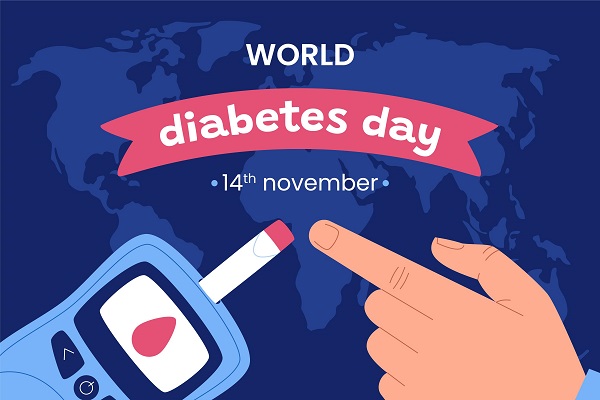“Time is of the essence when it comes to health”
This is why you have to act just in time. Not only does it simplify the treatment but increases your chances of a speedy recovery. This goes for any disease, but more specifically, cancer. There are several types of cancer, all of them equally serious and dangerous. One such type is breast cancer.
Breast cancer is a significant health concern for women around the world, and early detection is crucial for successful treatment. But how is breast cancer detected? Well, mammogram is the word you must remember.
Mammograms are a widely recognised and effective tool in breast cancer screening.
In this comprehensive guide, we will delve into all aspects of mammograms, from what they are and how they work to the importance of regular screenings and what to expect during the procedure.
What is a mammogram?
A mammogram is a type of X-ray that is specifically designed to detect breast cancer in its early stages. It is an essential diagnostic tool for the early detection of breast cancer when it’s most treatable. Mammograms can reveal abnormal changes in breast tissue, including the presence of tumours, long before they can be felt during a breast self-exam or by a healthcare provider.
Why are mammograms important?
Mammograms are crucial in the fight against breast cancer for several reasons:
Early detection:
Mammograms can detect breast cancer at an early, more treatable stage, often before any symptoms develop.
Improved survival rates:
Detecting breast cancer early can significantly improve survival rates and treatment options.
Screening high-risk individuals:
Mammograms are especially important for women with a family history of breast cancer or certain genetic mutations that increase their risk.
Monitoring for recurrence:
After a breast cancer diagnosis and treatment, mammograms are used to monitor for any signs of recurrence.
Types of mammograms
There are two primary types of mammograms:
Screening mammogram:
This is the most common type and is used for routine breast cancer screening in women who have no symptoms. It typically involves two X-ray images of each breast.
Diagnostic mammogram:
Diagnostic mammograms are more detailed and are used when a potential problem has been detected, such as a lump, pain, or changes in the breast. These may involve additional images and views for a more comprehensive evaluation.
When should you get a mammogram?
The recommended age to begin mammogram screenings can vary by country and medical guidelines, but in many places, it is recommended for women, starting at the age of 40. However, some organisations may suggest starting mammograms at 50, particularly for those with average risk. It’s important to consult with your healthcare provider to determine the best screening schedule for your individual risk factors and health history.
For women with a family history of breast cancer or certain genetic mutations (BRCA1 and BRCA2), earlier and more frequent mammograms may be recommended. Your healthcare provider will assess your risk and tailor screening recommendations accordingly.
What to expect during a mammogram?
A mammogram is a relatively quick and painless procedure. Here’s what you can expect:
Preparation:
On the day of your mammogram, avoid using deodorants, lotions, or powders on your chest area, as these substances can interfere with the X-ray images. Wear comfortable clothing that you can easily remove from the waist up.
The procedure:
During the mammogram, you will stand in front of an X-ray machine, and a technologist will position your breast on a special platform. Another plate will gently press your breast to flatten it, which helps create clearer images. This compression may cause some temporary discomfort but is necessary for accurate results.
Images:
Typically, two images of each breast will be taken from different angles. The process is then repeated for the other breast.
Results:
The X-ray images will be interpreted by a radiologist who specialises in breast imaging. You will receive the results of your mammogram in a timely manner, usually within a few days to a couple of weeks.
Closing thoughts
Mammograms are a critical tool in the early detection of breast cancer. Regular screenings can significantly improve the chances of successful treatment and survival. If you have concerns or questions about mammograms, don’t hesitate to discuss them with your healthcare provider. Remember, the best defence against breast cancer is early detection, and mammograms are a key part of that defence. Prioritise your breast health and schedule regular screenings as recommended for your age and risk factors. It could save your life.




